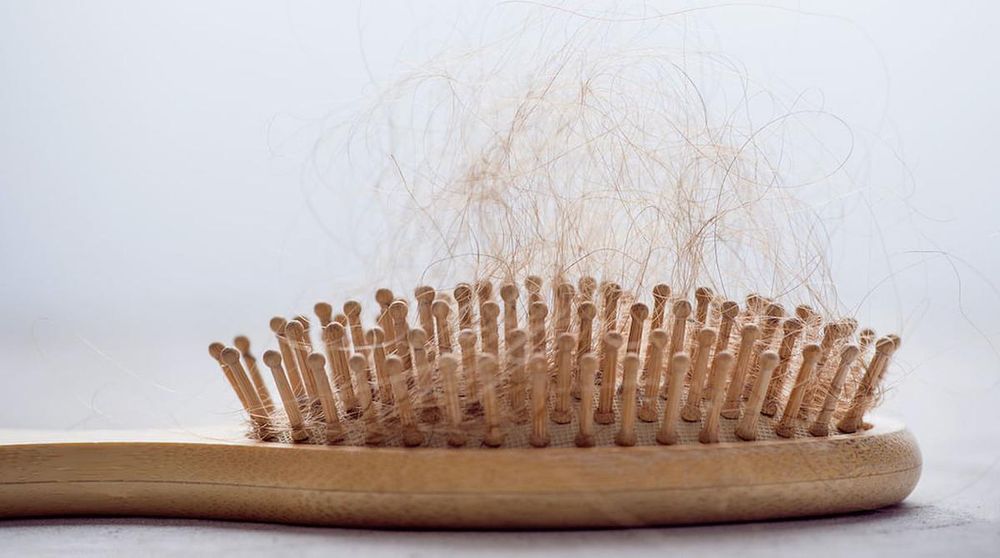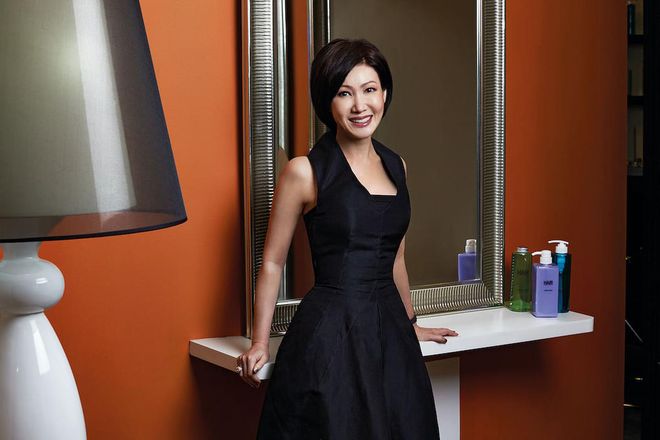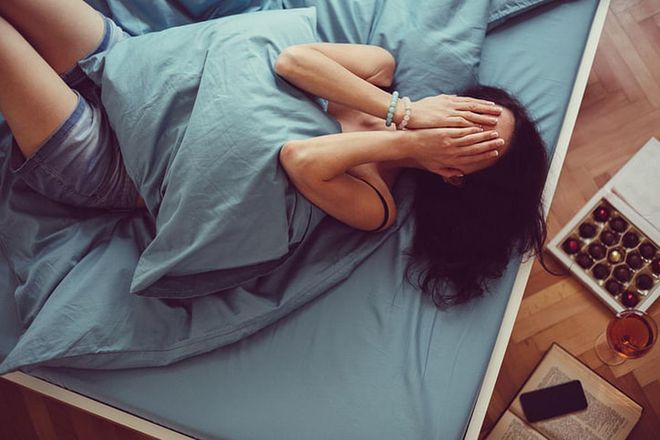What Causes Balding And What Can You Do About It
The facts and myths about hair loss, and the solutions to prevent the thinning issue


Photo: Getty Images
Hair loss is a natural part of every day life, but for many women (and men), there are few things more alarming than a noticeably thinner hairline or lacklustre locks. While it’s completely normal to lose anywhere between 50 to 100 strands a day, if you begin to shed significantly more than that or you notice your hair isn’t growing back, well, that's when there could be an issue going on.
We speak to hair loss expert, Leonica Kei, a leading trichologist and founder of Leonica K Trichology in Singapore, to find out why you might be losing your hair and what you can do about it.
Related article: The Best Hairstyle And Haircut Ideas For Fall 2020

Leonica Kei (Photo: Leonica Kei)
What are the main causes of premature balding and hair loss?
Premature balding and hair loss are most commonly due to genetics, ill health, stress and diet.
Is there a difference between male balding and female balding?
Yes. Men are more likely to suffer from male pattern baldness, which happens as hormone levels change over a man's lifetime, and especially in the later years. Women on the other hand can experience a multitude of different types of hair loss including diffuse hair loss due to an iron deficiency, and traction alopecia as a result of hairstyles that require constant tight pulling (something which is common among ballerinas and synchronised swimmer etc). With pattern baldness, men can go totally bald at the affected area whereas women will most likely experience severe thinning. Women seldom go completely bald.
Related article: Is the Dyson Corrale Worth Its $699 Price Tag?

Photo: Getty Images
How can you tell the difference between early onset balding and natural hair loss as a result of age?
Similar to wrinkles, hair loss as a result of age should only affect individuals after their mid to late 30s.
How much hair loss is normal in a day?
It is normal to lose between 50 to 100 strands of hair a day. However, I personally think it’s more important to look at the balance. If you are losing 100 strands but you are also growing 100 strands that are of the same quality, you shouldn’t have any problems. However, if you are losing 100 strands and only growing 50 or the new hair is thinner in diameter, you’ll start to notice a difference.
What are some of the symptoms of premature hair loss?
Symptoms to look out for include heavy hair loss that lasts for a prolonged period of time, a reduction in the size of your ponytail, a part that becomes wider and hair that never grows longer than a certain length.
Related article: 12 Top Expert Tips To Help Your Hair Grow Longer And Faster

Photo: Getty Images
Are there any underlying factors that can exacerbate it?
There are a lot of factors that can contribute to hair loss, most of which are internal. Iron deficiency, vitamin D deficiency, high stress levels and a lack of sleep are some of the main ones.
What can be done to prevent it?
The most important thing is to start a good hair care routine early. Your scalp is an extension of your skin so you should treat it like you would your face. It’s also important to incorporate protein into your morning meal. Breakfast is the single most important meal for non-essential tissue growth such as your hair. If you’re a vegetarian or vegan, take supplements rich in B12 and iron. You also need to drink lots of water and get plenty or rest.
Related article: Expert Secrets For Growing Longer, Stronger Hair

Photo: Getty Images
What options and treatments are available for people who have already experienced hair loss or balding?
Different types of hair loss require different treatment approaches. For instance, male pattern baldness is a partially reversible condition so we use plant based ingredients that are known to help stop the hormones that are causing the hair to thin. Some men also choose to take oral medication or undergo a hair transplant. For other types of hair loss, such as postpartum, our approach is holistic. We look at the client’s medical history and we discuss diet, lifestyle and overall health and wellbeing. Most female hair loss can be fully reversed, but like anything in life, it requires commitment and time to see results.